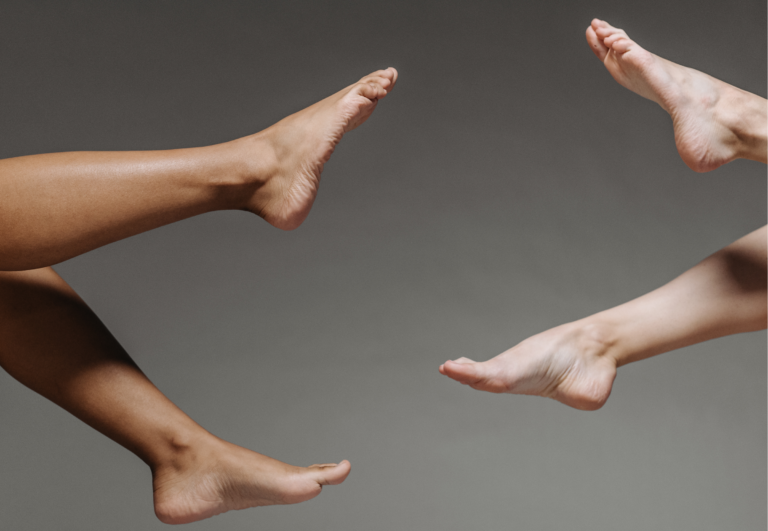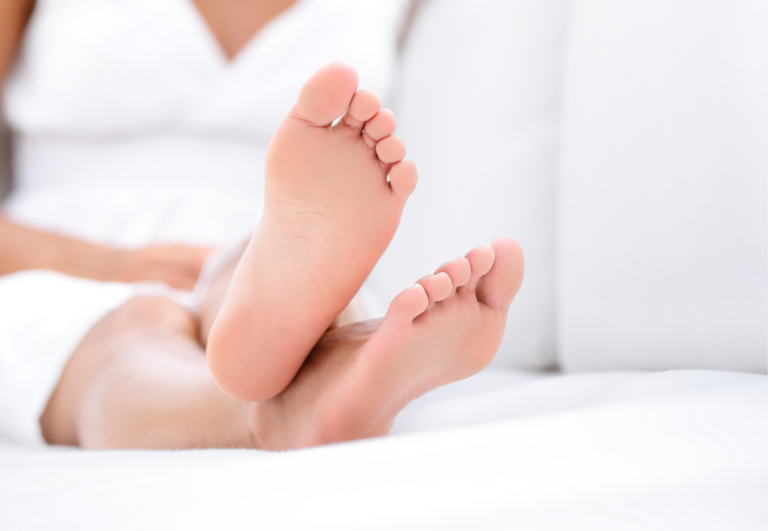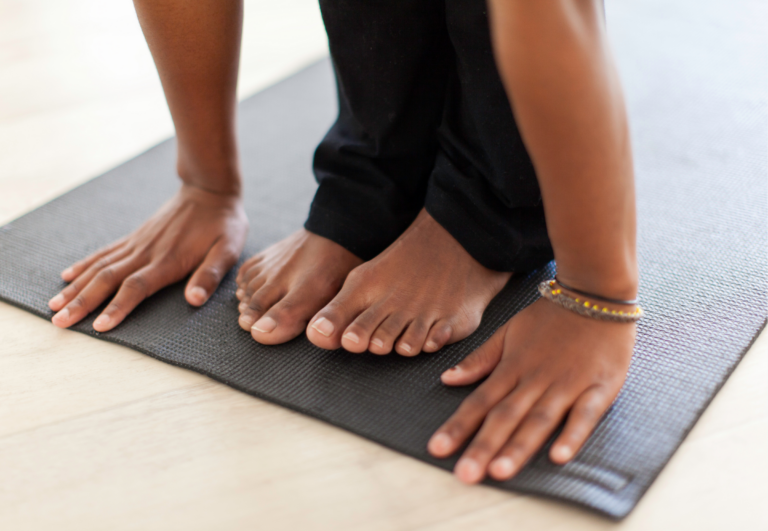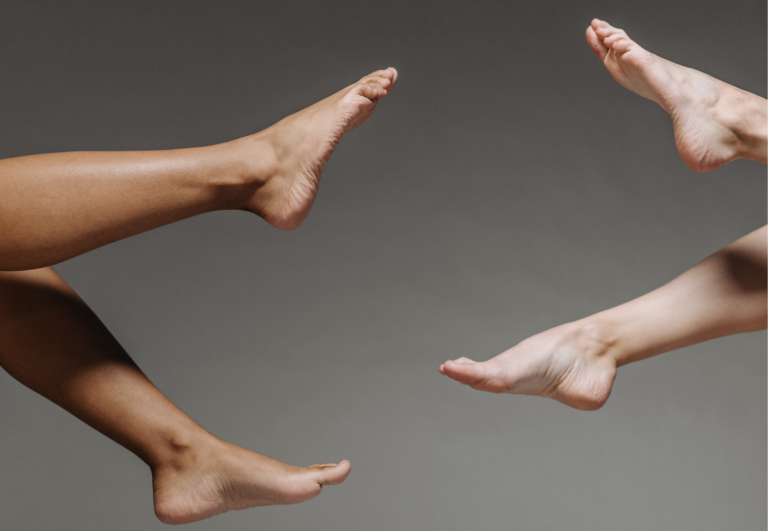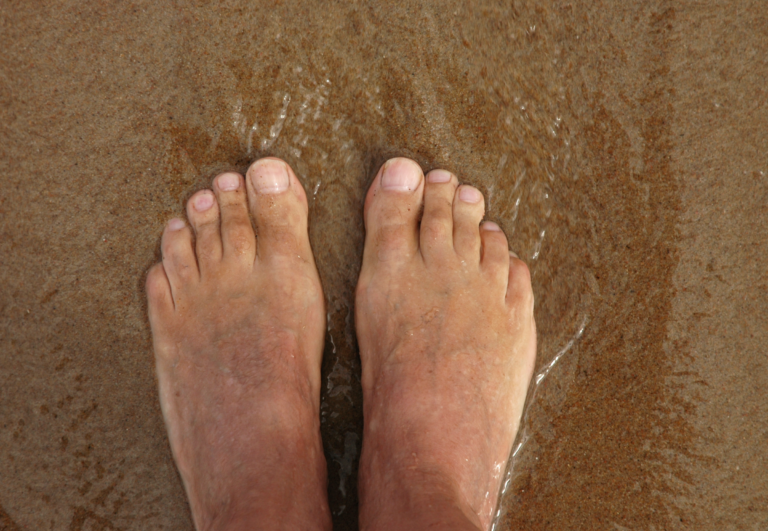Troubleshooting Common Toe Spacer Issues: Quick Fixes and Expert Tips
Toe spacers are a popular tool for individuals dealing with foot discomfort related to conditions such as hallux valgus, more commonly known as bunions. These simple devices are designed to realign the toes and reduce pain by preventing rubbing and minimizing the pressure on the joints. As someone who frequently uses toe spacers to successfully manage foot discomfort, I understand that, while effective, they can sometimes present their own set of challenges.
During my time using toe spacers, I’ve encountered common issues such as spacers slipping out of place, causing irritation, or not fitting properly in footwear. Addressing these complications quickly ensures that toe spacers remain a helpful part of your foot care routine. Proper selection, sizing, and adjustment of toe spacers can make a notable difference in their efficacy and can prevent further foot complications.
Ensuring your toe spacers are made of a comfortable material that suits your skin sensitivity and activity level is crucial for ongoing use. For example, a study showed the effectiveness of room temperature vulcanizing silicone toe separators in improving conditions like hallux valgus. Additionally, using spacers that can be comfortably worn with shoes and don’t interfere with daily activities allows for consistent use, leading to better outcomes in managing toe alignment and foot health.
Identifying Common Toe Spacer Issues
When using toe spacers, users might face a handful of issues ranging from discomfort to maintenance challenges. Identifying these problems early can help ensure quick resolution and continued comfort.
Discomfort and Pain
I notice discomfort and pain can occur if toe spacers apply too much pressure or cause friction. This pain relief generally involves adjusting the positioning or changing to a product that better suits the individual’s toes. Sharp or persistent pain should be viewed as a red flag for possible misfit or underlying issues.
Improper Fit
If a toe spacer doesn’t fit properly, it can lead to rubbing, additional pressure, and even toe misalignment. Making sure that the toe spacer fits snuggly, without being too tight, is crucial. Users often need to try different sizes or styles to find a perfect match.
Material Allergies
Occasionally, users might discover they have allergies to certain materials used in toe spacers. Symptoms can include itchiness, redness, or swelling. It’s important to choose spacers made of hypoallergenic materials to avoid allergic reactions and maintain clean, dry skin.
Maintenance Challenges
Keeping toe spacers clean and in good condition is key to their effectiveness. Users must regularly wash their spacers with mild soap and water and allow them to air dry thoroughly to prevent the buildup of bacteria and fungi, which could lead to skin problems.
By being aware of these common issues and taking steps to address them, individuals can comfortably enjoy the benefits of wearing toe spacers.

Correct Usage of Toe Spacers
When using toe spacers, it’s crucial to focus on proper sizing, correct application and removal, and appropriate activities. These ensure maximum benefits like improving proper alignment and enhancing athletic performance without discomfort.
Proper Sizing
Finding toe spacers that fit well is essential for preventing discomfort and ensuring they effectively straighten and align the toes. Here’s how to select the right size:
- Measure your foot width: Ensure the toe spacer matches the width of your foot space.
- Choose based on activity: For weight-bearing activities like walking or standing, opt for a snug fit but not too tight.
Applying and Removing
Proper application and removal of toe spacers are key to avoid injury:
- Clean toes before application: This prevents any skin irritations.
- Gently place between toes: Do not force them into position.
- Remove slowly: After use, carefully ease them out, especially if your toes have adjusted to their presence.
Activity Recommendations
To benefit most from toe spacers, consider these activity recommendations:
- While walking: Start with short periods to allow your feet to adapt.
- During standing tasks: Toe spacers can help maintain alignment and reduce strain.
- Avoid high-impact activities: Running or similar activities should be approached with caution when wearing toe spacers.
Toe Spacer Care and Maintenance
Maintaining toe spacers involves regular cleaning, assessing their durability, and proper storage to ensure personal hygiene and product longevity.
Cleaning Protocols
To keep my toe spacers clean and hygienic, I follow these steps:
- Rinse daily with warm water to remove debris.
- Use a mild soap for a thorough cleanse, being sure to rinse all soap off completely.
- For a deeper clean, I sometimes soak them in a solution of water and vinegar, especially if the material is silicone-based.
Material like gel or silicone can deteriorate if cleaned with harsh chemicals, so sticking to mild cleaning agents is key.
Longevity and Durability
To maintain the durability of my toe spacers, I consider the material they’re made of:
- Silicone toe spacers tend to be more flexible and durable.
- Foam spacers, while comfortable, may not last as long.
- Gel spacers offer comfort and can be long-lasting if cared for properly.
Regular inspection for signs of wear and replacing toe spacers when necessary ensures their functionality and the safety of my feet.
Storage Advice
When I store my toe spacers, I make sure they’re:
- Completely dry to prevent bacterial growth.
- Kept in a cool, dry place out of direct sunlight to prevent the material from breaking down.
- Stored in a breathable container to keep them safe and clean between uses.
By following these storage practices, I ensure my spacers are readily available and in the best condition for future use.
When to Consult a Professional
Incorporating toe spacers as a part of foot care can provide relief, but they’re not a cure-all. There are specific circumstances where seeking professional advice is essential to ensure your foot health.
Persisting Foot Problems
Podiatrist Consultation Necessary:
- Bunions or Hammertoes: If discomfort persists or worsens.
- Plantar Fasciitis: Unabated heel pain despite toe spacer usage.
Pre- and Post-Surgery Guidance
When Surgery is Involved:
- Before Surgery: To assess if toe spacers can be a part of pre-surgery preparation.
- After Surgery: To ensure correct postoperative care and use of toe spacers.
Customization Options
Tailor-Fit Solutions:
- Customized Toe Spacers: When generic spacers fail to alleviate foot pain.
Here, a DPM (Doctor of Podiatric Medicine) can advise on ideal customization options for your unique foot structure to prevent further foot problems.
Quick Overview of Toe Spacers
Toe spacers can be pivotal in addressing foot alignment. They’re designed to spread the toes and can play a role in foot health.
Types of Toe Spacers
Silicone toe spacers are durable and tend to conform well to the foot’s shape. Foam toe spacers, by contrast, are softer and may be more comfortable for temporary use. Here’s a brief overview:
- Silicone: Long-lasting, flexible, easy to clean.
- Foam: Lightweight, disposable, may compress over time.
Benefits of Toe Spacers
Toe spacers may offer several benefits, such as reducing friction between toes and helping with toe alignment, which can relieve foot pain. Benefits include:
- Alleviating pressure on the toes.
- Potentially improving balance and foot strength.
Material Considerations for Toe Spacers
Material directly impacts comfort and durability. Silicone toe spacers are generally preferred for their resilience and ease of cleaning. Foam offers a softer experience but may not last as long. Consider the following:
- Silicone: Suited for repeated use, hypoallergenic options available.
- Foam: Best for short-term use, may absorb sweat and odors.
